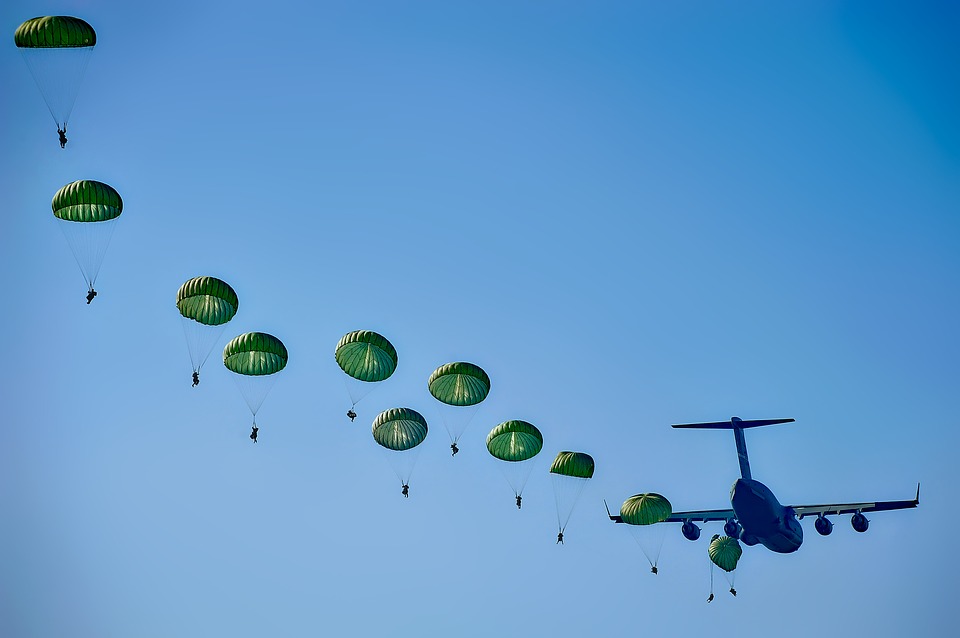“Why Don’t Airlines Have Parachutes For Passengers?
Have you ever thought, while sitting in your airplane seat picturing the worst scenario for a flight to be ended, that it would be relievingly safer if all the passengers on the plane had their own parachute in case of emergencies?, If you have, then you are not the only one. Throughout the years, safety has been considered to be of major importance, especially when it comes to mass transportation systems such as airplanes, trains and ships. In fact, safety was the main reason parachutes were used in the first world war as a life-saving alternative for pilots when their planes get crashed or burned. Today, there are parachutes that can carry small aircrafts, but what about individual parachutes?
It was argued that providing airplanes’ passengers with parachutes might feel safer, but unfortunately, impractical. “In reality, individual parachutes would be impossible to use in an emergency involving hundreds of people”, says Guy Gratton, an aviation research fellow at Brunel University in the UK. (BBC Future. 2013). The possibility that those hundreds of people are technically and mentally qualified to don their parachutes and orderly jump from a plane moving with an extremely high speed is very low, at least not without prodigious injuries upon landing. Captain Keith Godfrey explains that with simple math in his book, Flying without fear.(2003). He says: “if each passenger got out in four seconds, it would take twenty minutes to deal with 300 passengers. An aircraft would travel at least sixty miles in that time, you would never gather them all up in time to put them on the next flight!”. He also points to the hard time, not mentioning the danger, that elderly people and children would face as they try to use the parachute on their own. It should be noted that all the previous scenarios are based on the assumption that passengers are already trained on proper execution of parachuting, which is clearly not guaranteed at all. Another issue would be the weight of all the needed equipment. Adding the weight of the parachutes only (not including helmets, altimeters, oxygen tanks, etc.) would count for an additional average of 8,000 pounds to the flight’s weight. (Malissa, 2014).
As much as the idea of individual parachutes looks appealing, it also engenders a lot of risks and requires specific preparations and control. Nevertheless, there are always hope that difficulties facing this idea would be overcome in the near future, provided that generous investments get provided and safety factors get enhanced by modern technology and organized mind-set education.
References
1. BBC Future. (2013, December 23rd ). Aircraft safety: should planes have parachutes?. Retrieved from http://www.bbc.com/future/story/20131223-should-planes-have-parachutes.
2. Godfrey. K. (2003). Flying without fear. Retrieved from Google Ebook data base.
3. Malissa. (2014, February 19th). Why Don’t Commercial Airplanes Have Parachutes for Passengers?. Retrieved from http://gizmodo.com/why-don-t-commercial-airplanes-have-parachutes-for-pass-1525770574.”
This travel and tourism essay was posted to help students with their academic papers of various topics. Pay attention to its format and arguments, but don’t try to use in your own writing. Take care of your grades and instructor’s attitude!
You can look through other paper samples on our blog – https://writingcheap.com/blog/category/samples/.

